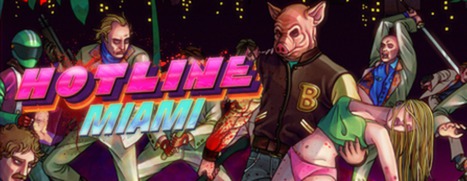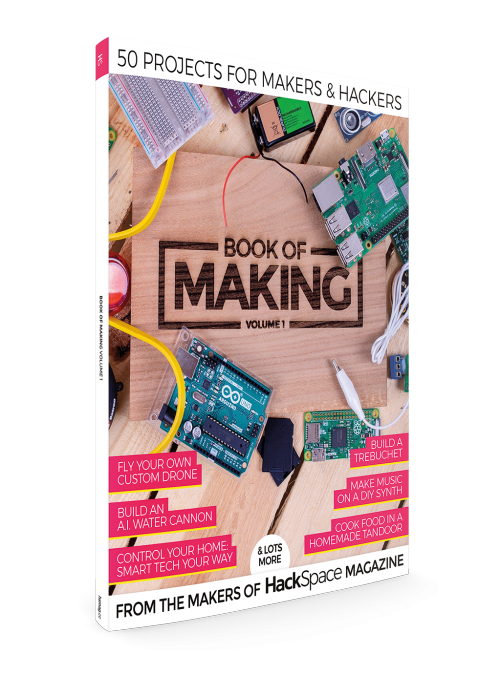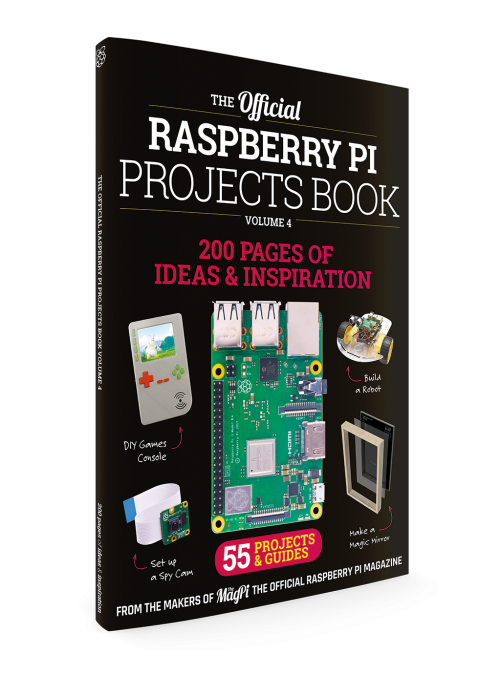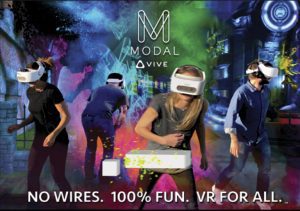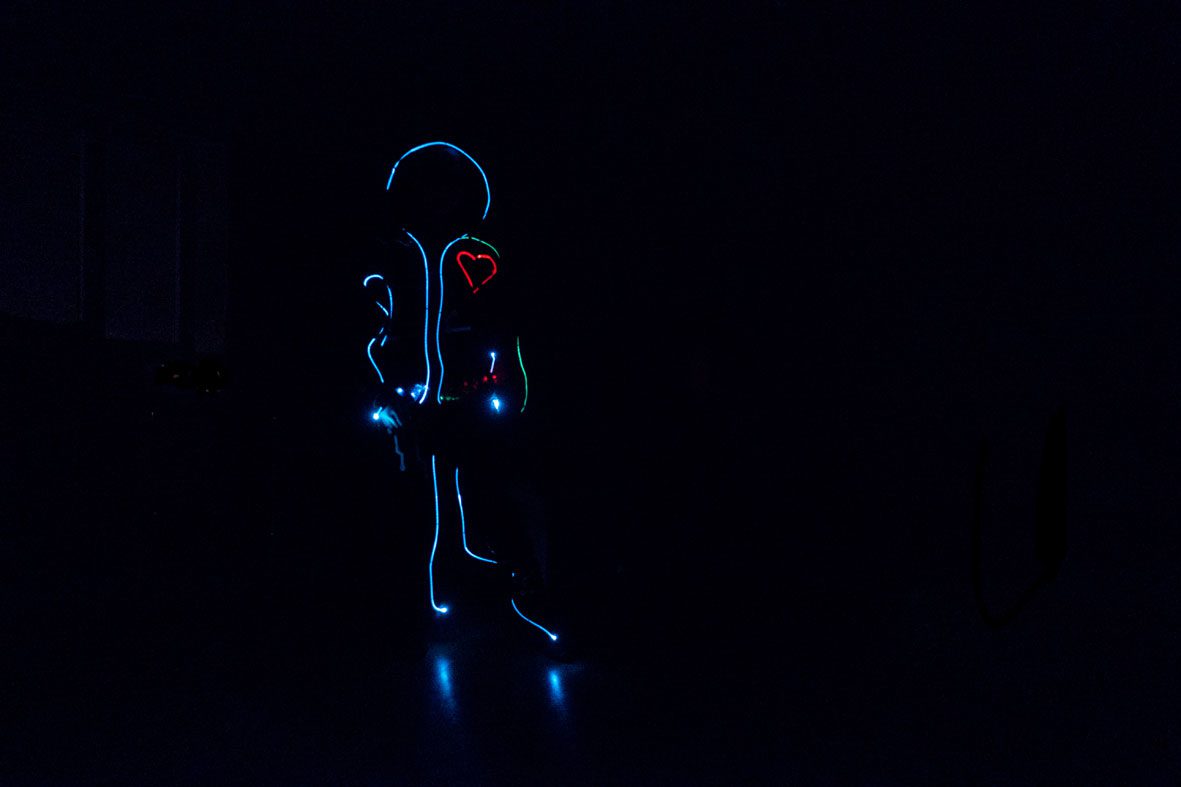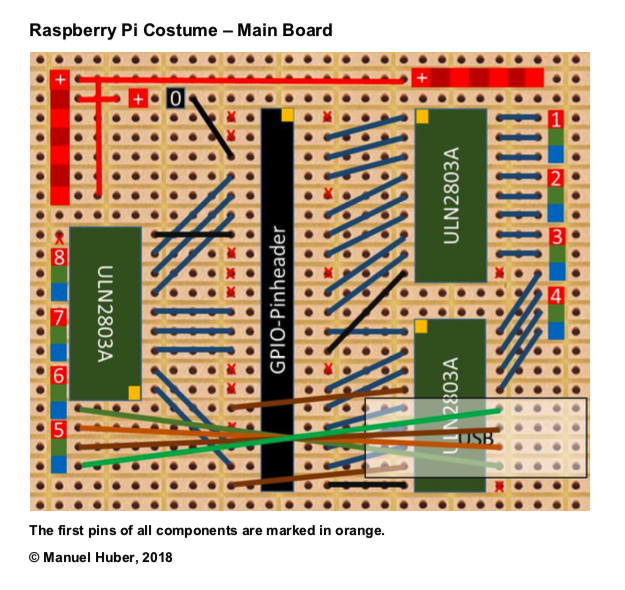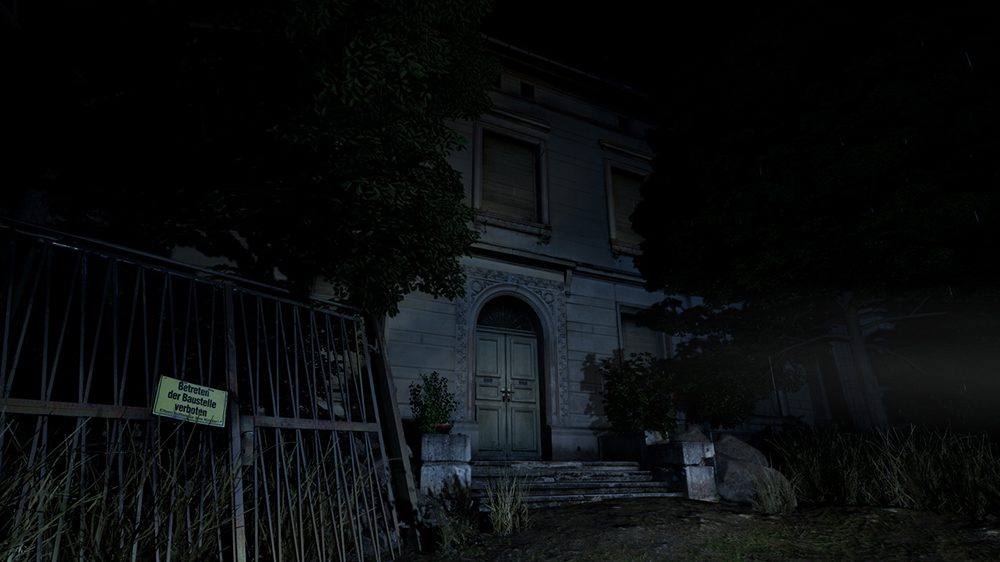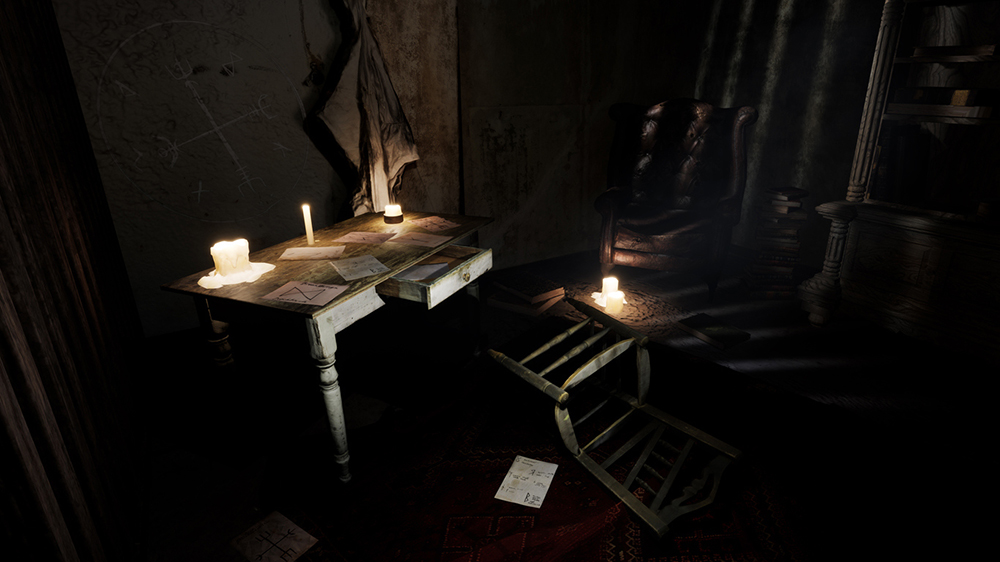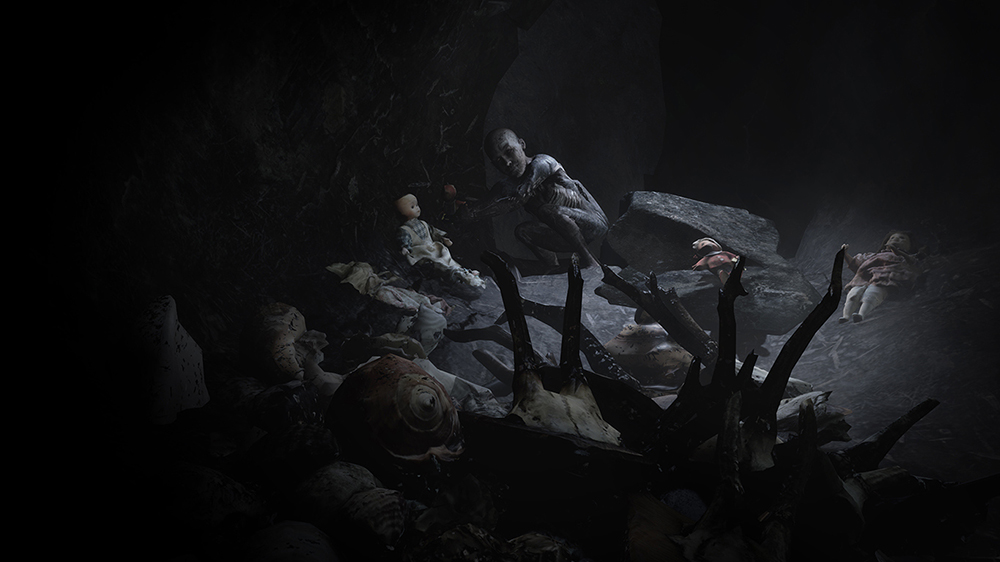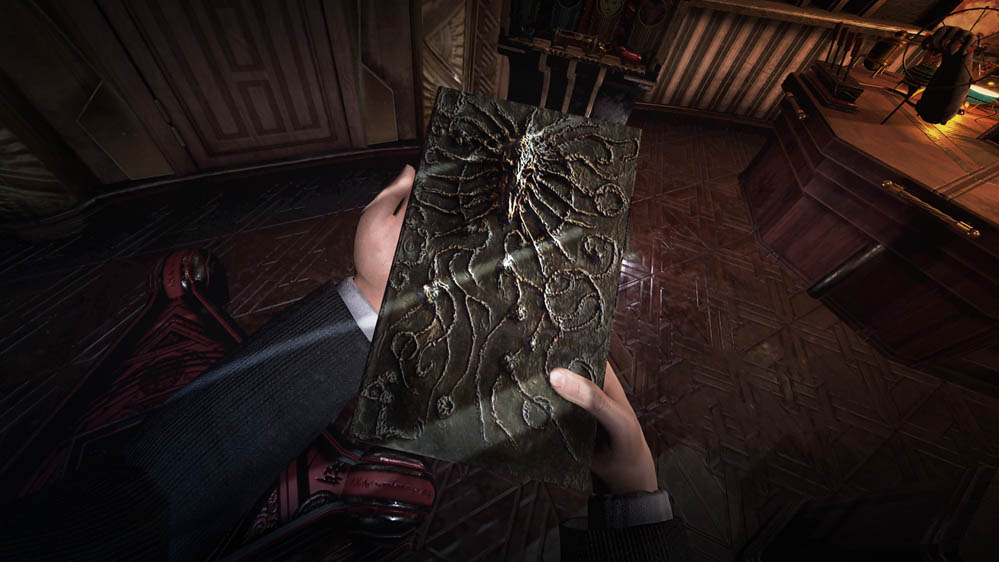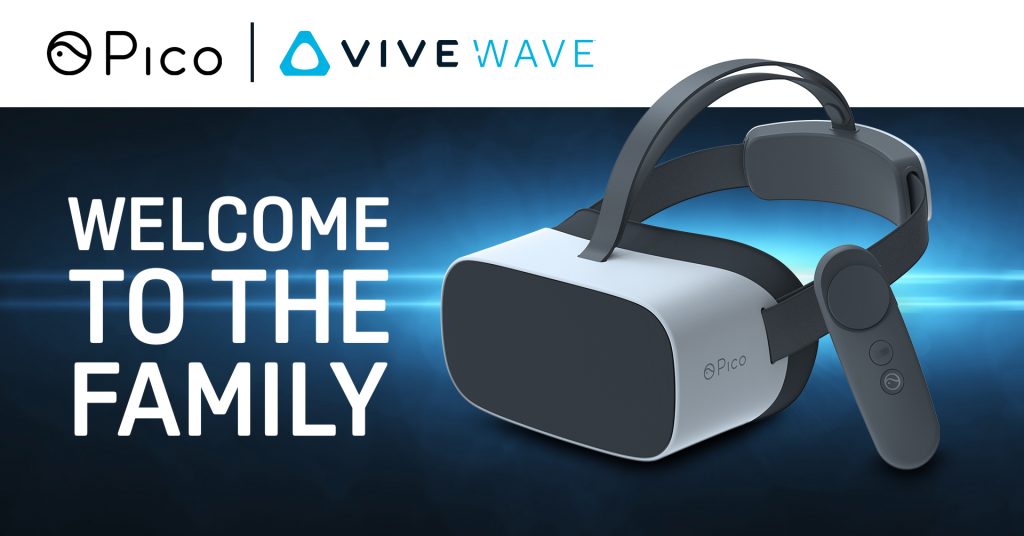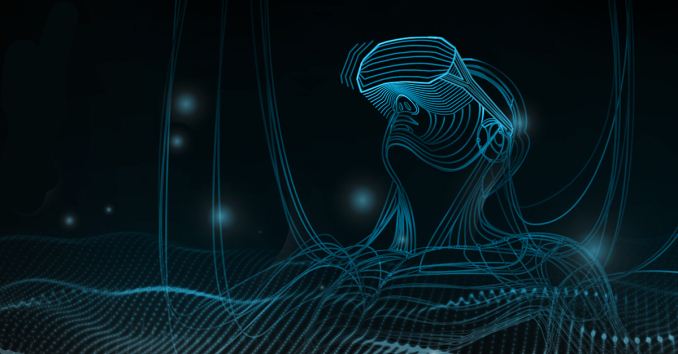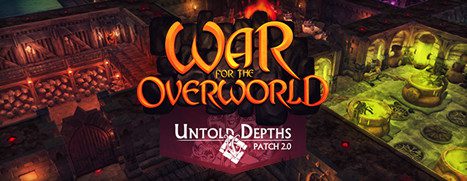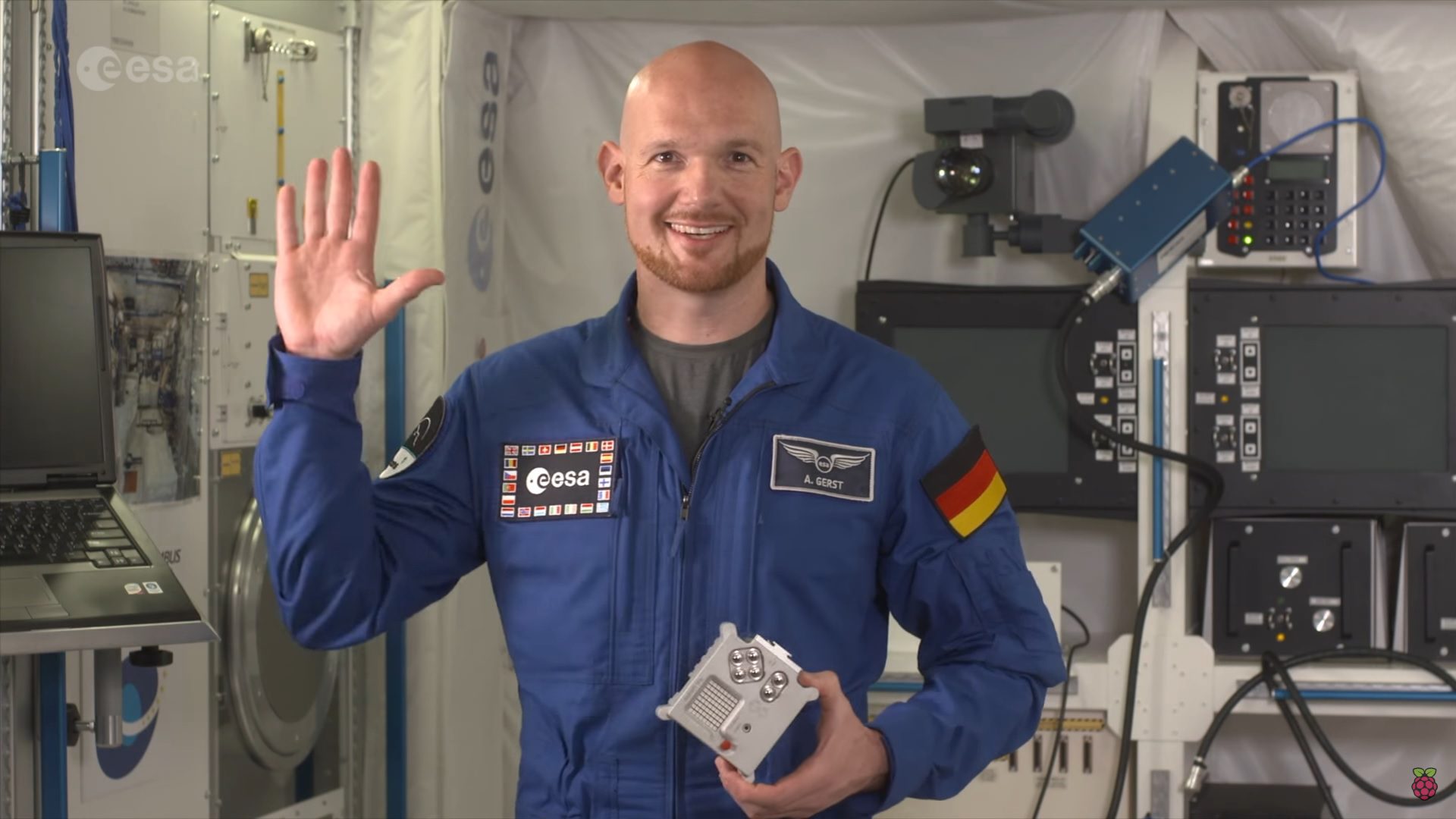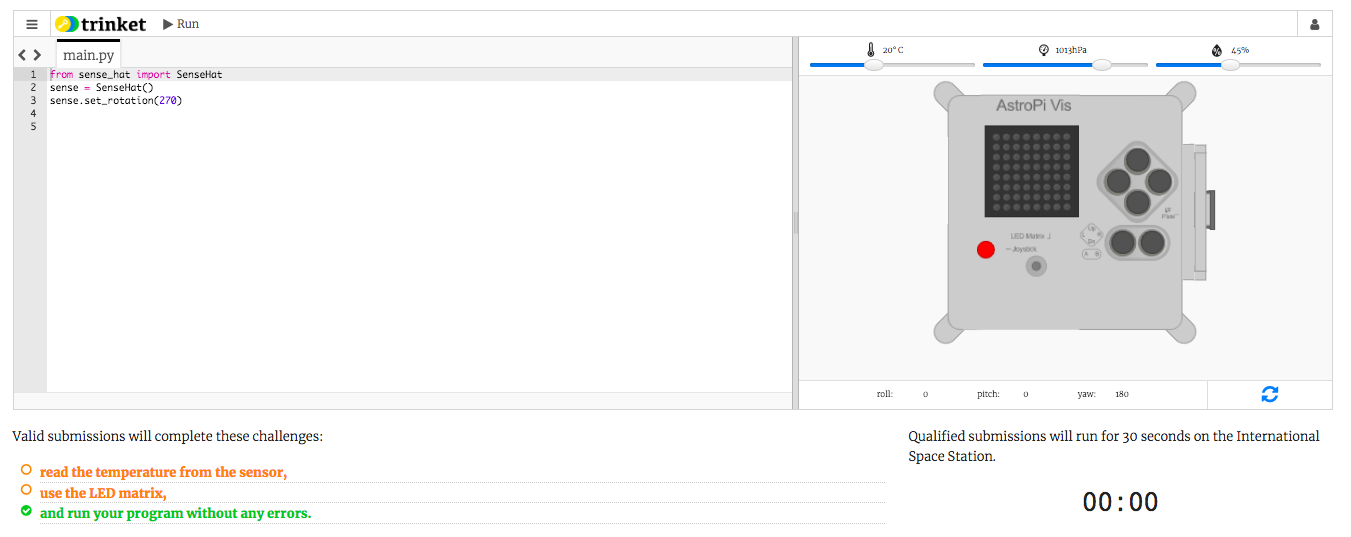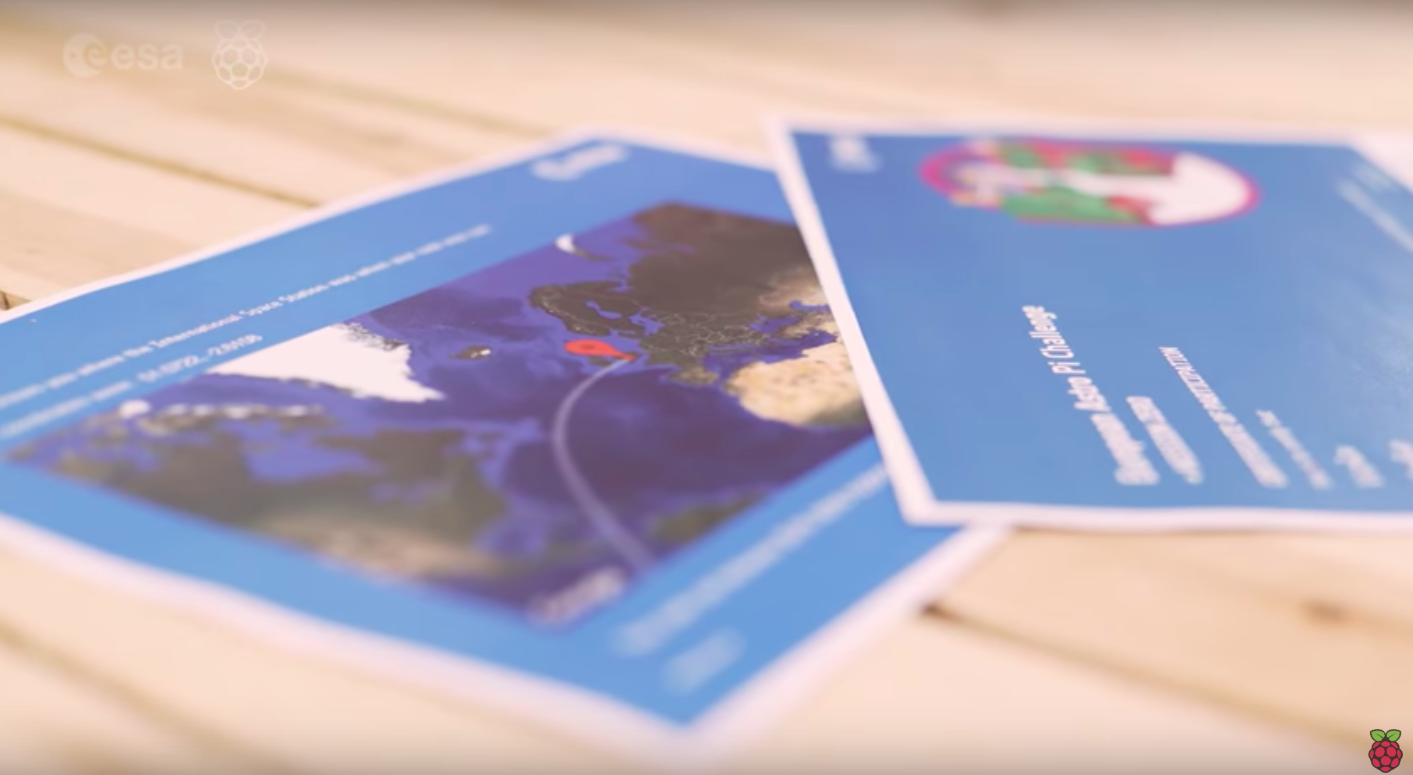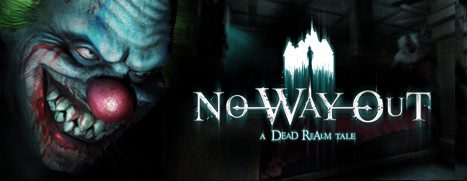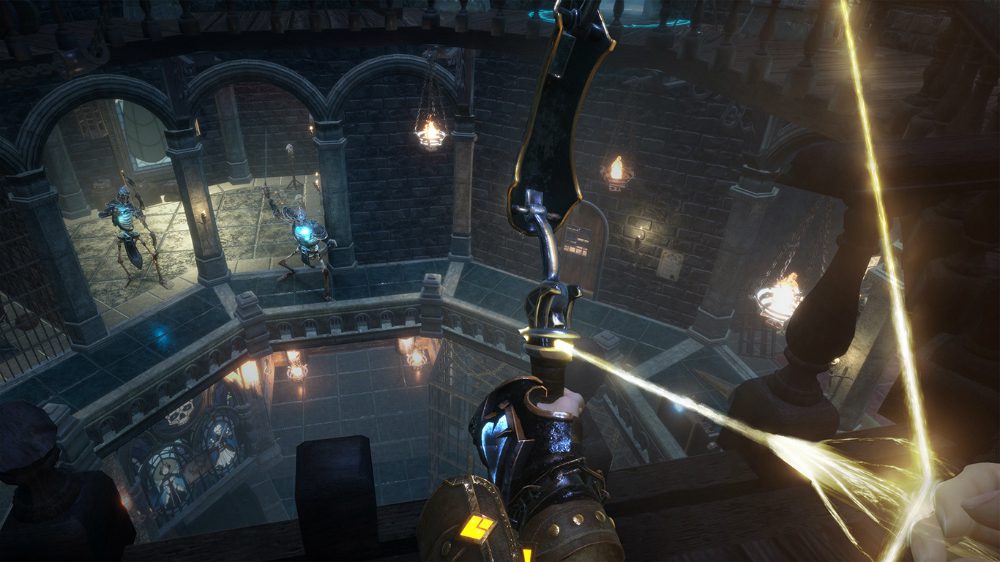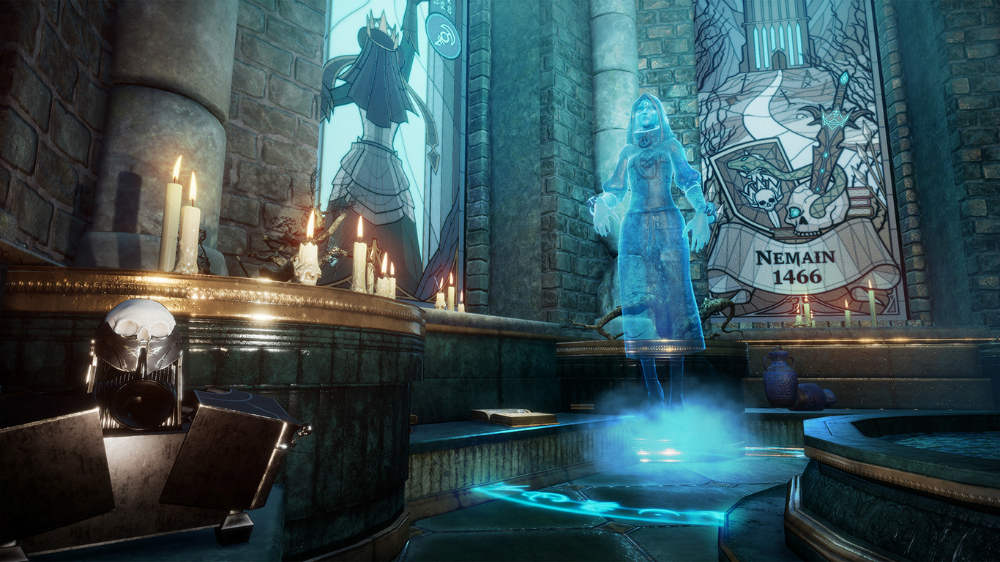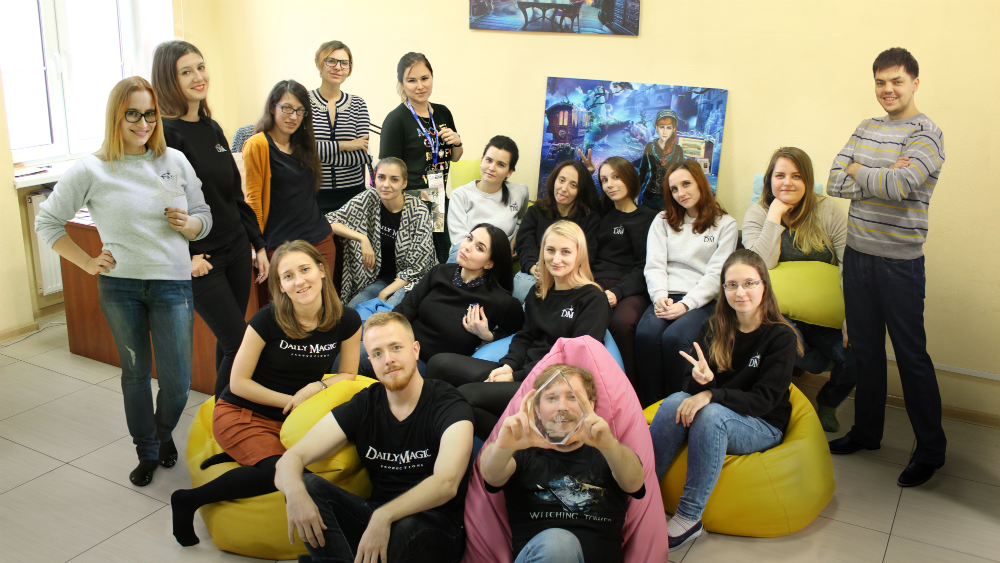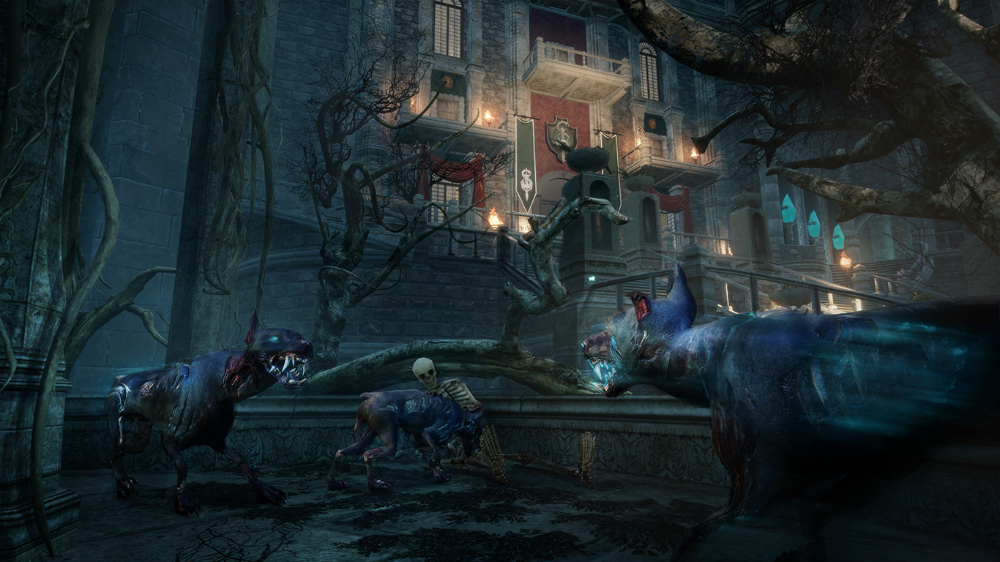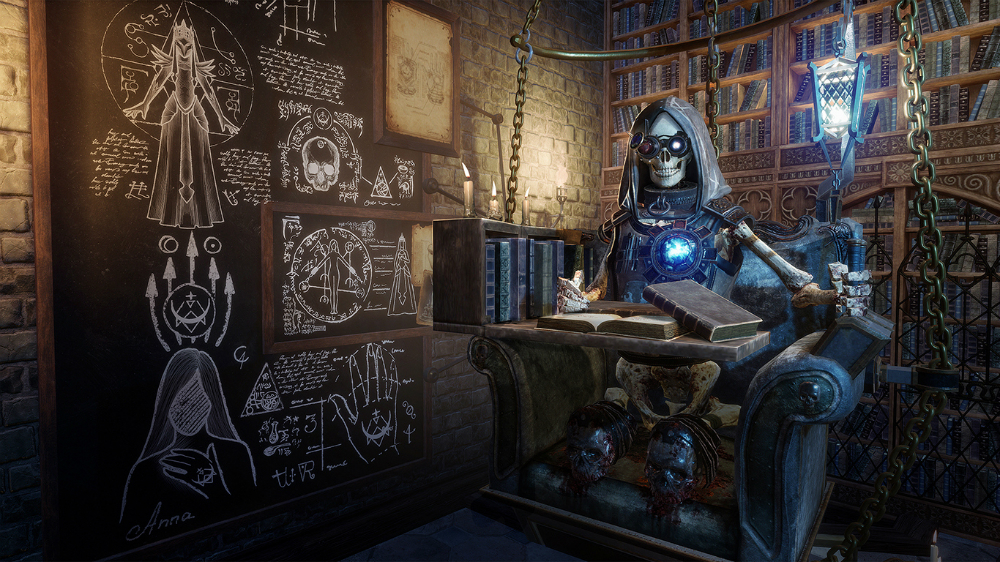Reading Time: 6 minutes
The recently released Witching Tower (also available in Viveport Subscription) puts you inside a fantasy world ravaged by an undead scourge. Wielding a variety of tools and weapons, you’ll have to wade through armies of deadly enemies, solve a bevy of devious puzzles, and ultimately confront the Queen of the Tower in order to release the world from her dark influence.
We sat down to chat with Daily Magic Production’s Marianna Vallejo so we could find out how their team crafted this visually dynamic and atmospheric narrative fantasy adventure.
[youtube https://www.youtube.com/watch?v=r-5R7GSr7bk?feature=oembed&wmode=opaque&w=730&h=411]
Tell us a bit about yourself and the team at Daily Magic?
I have background in game design and I was always a fan of mystery games and anything mysterious. I founded Daily Magic when I saw the game Mystery Case Files: Return to Ravenhearst, which inspired me to create similar story driven experiences. We founded Daily Magic in 2010 and since then we’ve developed and shipped more than 25 titles for various platforms. Most of them exist in “puzzle adventure” genre, and after the debut of current VR technology, we decided to transform all that “adventure” experience we gained over the years into VR. And that’s how Witching Tower was started.
What inspired your team to make the leap into VR with Witching Tower?
In the early days of VR, we saw the title Vanishing Realms and thought “Hey, that’s what we’ve been doing for all these years, but in 2D! We should try to bring what we do to the world of VR”. The technology itself was fascinating and when I first experienced VR, I was like “Wow, I can be inside the game now!”. Witching Tower started as a more casual game and at some point it was even inspired by the classic Rapunzel fairy tale. We soon realized that we needed to drop the casual approach and stick to something more dark and mysterious with deeper themes.

Daily Magic’s background is in mobile and PC development. How did these experiences influence the creative direction of Witching Tower?
When we were doing adventure games for PC, we were working with casual game publisher Big Fish Games. It was a great experience where we learned how to make very intuitive user experiences, which is especially useful for developing for VR. Yes, the players are hardcore, but there’s already a lot going on in VR and they need to be able to do everything in the game using just a few control buttons and the experience can’t be too complex or overwhelming.
On a more creative side, we love experimenting with dark stories, but historically haven’t had a chance to explore those kinds of concepts in depth. With our past development experience, it was pretty easy to come up with the mystery at the core of the game, but this time we explored the narrative concepts further with added supernatural elements like necromancy and mind control. Our previous experience designing hundreds of puzzles definitely influence our game design in a way that is challenging but intuitive, and always presented in a way that feels natural to the player.

Were there any particular influences on the tone and world of Witching Tower?
I would say the main influences are Dark Souls 3 and Skyrim. We really wanted to match that look and feel of Dark Souls and we wanted try to make the gameplay as interesting as Skyrim. We also wanted to do something that looks good, but isn’t too complex on the development side. From our experience, crafting dark environments with atmospheric weather like rain or snow helps create a mysterious vibe pretty much immediately.
How long has Witching Tower been in development? How big is the team working on it?
Our first prototype took us about 5 months to develop, where we then we took a break to show it around to get vital feedback, as well as searching for funding, which were factors on whether we should go forward with making a full experience out of it. The process go us so fascinated with VR development in general, so we decided to make a full version of Witching Tower no matter what. It took us an additional year since then to complete the game.

Were there any particular challenges you encountered during development?
Our biggest challenge was transitioning between development of 2D games to 3D, as well as learning how to work within the Unreal Engine. With VR specifically, the main design challenge was to craft interactions and puzzles that would be satisfying in an immersive 3D space, which is drastically different from traditional PC experiences. This challenge inspired us to create the ‘lasso’ mechanics and ‘controlling undead’ mechanics in Witching Tower, because it’s just so fun to move your hands and see the characters react to it. Adding free locomotion later in development also proved challenging, since we didn’t expect so many people would be demanding it. Early Witching Tower streamers commented on it and we listened, and while it’s not perfect, we feel proud of how it turned out for our first crack at it.
Were there any enemies/weapons/items that you wanted to work into the game but had to be left on the cutting room floor for whatever reason?
We really wanted to create a more elaborate introduction segment, where Queen Elenwen is manipulating the player’s mind and playing “chess” with skeletons (like in Harry Potter). We actually did build a version of the sequence, but then in execution it felt a bit too chaotic and were concerned players wouldn’t be able to make sense of what’s going on. We didn’t want to overwhelm players with mechanics, especially so early in the experience.

What are your thoughts on VR and the role it plays in the world of adventure and puzzle game design?
I think the adventure genre and VR are a perfect match. VR really brings storytelling and exploration to the next level, it’s just so exciting to be able to explore environments in new and immersive ways, and feel like you’re in the story in a whole new way. The tools of VR also change the game for creating and interacting with puzzles, as well. It can allow for really ambitious and unique challenges for the player to sold, like the gigantic planet puzzle in Witching Tower for example. Puzzle complexity needs to be tweaked and adjusted for VR, however, as really obtuse or brainy stuff can prove overwhelming with that interface.
What do you want players to take away from their time with Witching Tower?
We really want players to enjoy the detailed environments we’ve worked really hard at crafting and have fun with the lasso and skeleton controlling mechanics. We would be happy if players can interact with everything they find in the world, and feel their blood pumping as they combat the various dangerous enemies that populate the tower.

What’s next from Daily Magic? Any interest in developing more exciting adventures in VR?
We have already started working on our next VR game, called Revival! We learned a lot from the development of Witching Tower and want to expand upon it all in our new game, especially in regards to the combat, with the addition of shooting mechanics. We are also planning an Arena mode for the Witching Tower, a 10-15 minute experience for arcades and location based entertainment operators. We definitely want to experiment more with plot twists and story integration in future experiences, but most importantly we’re excited for new gameplay features we’re going to build in the new game, after we collect feedback from Witching Tower players.
That’s super exciting! Thank you for speaking to us, we can’t wait to see what you’ve got coming next!
Witching Tower is now available on Viveport and as part of Viveport Subscription.
Website: LINK




